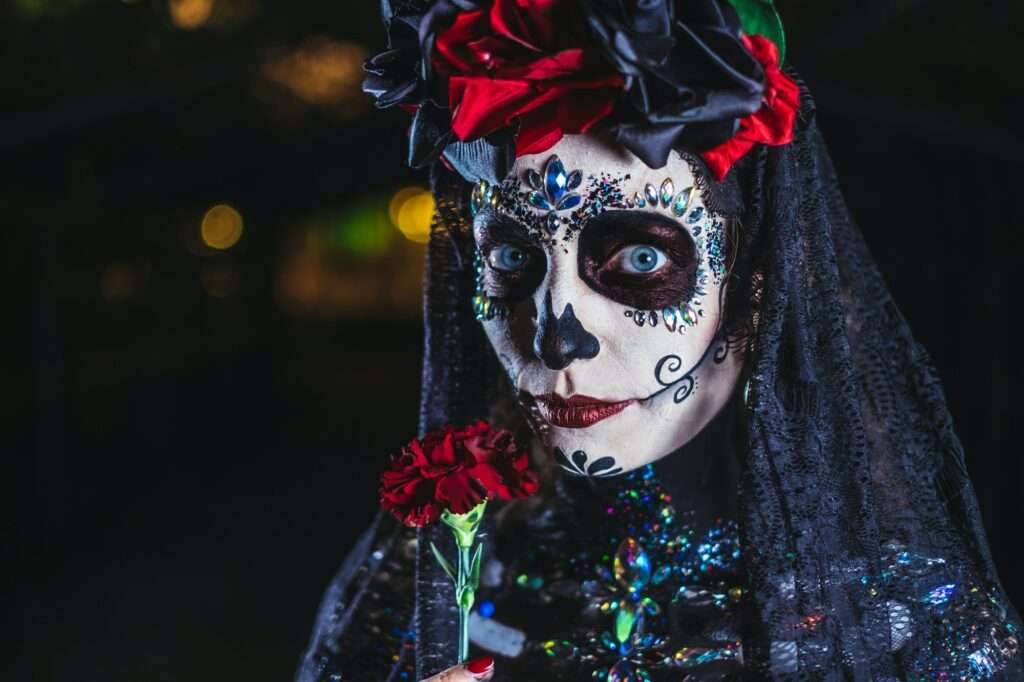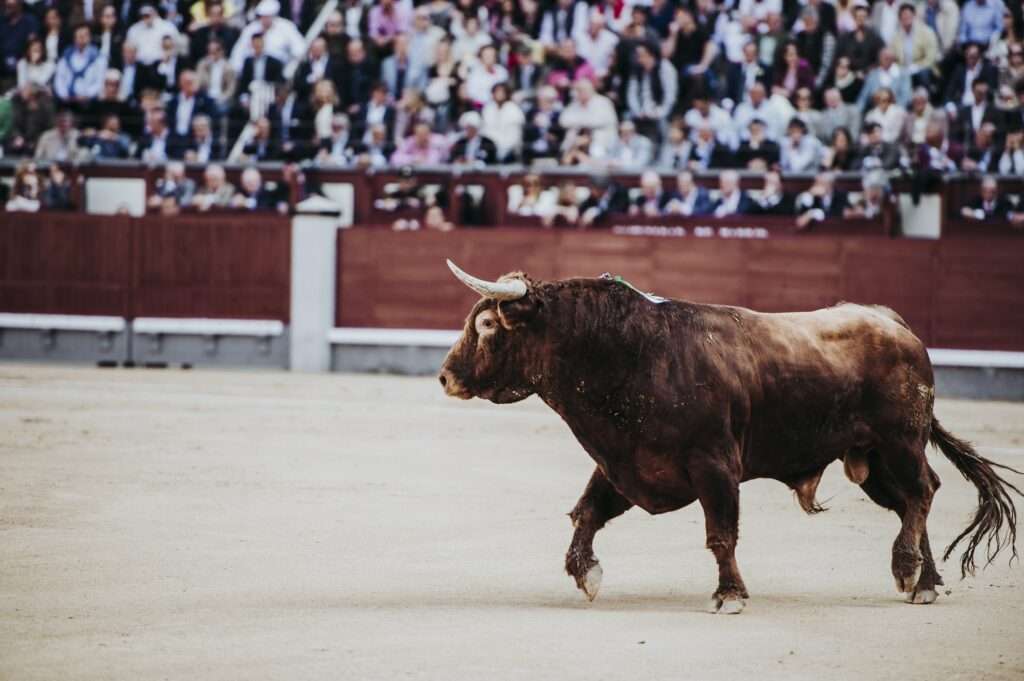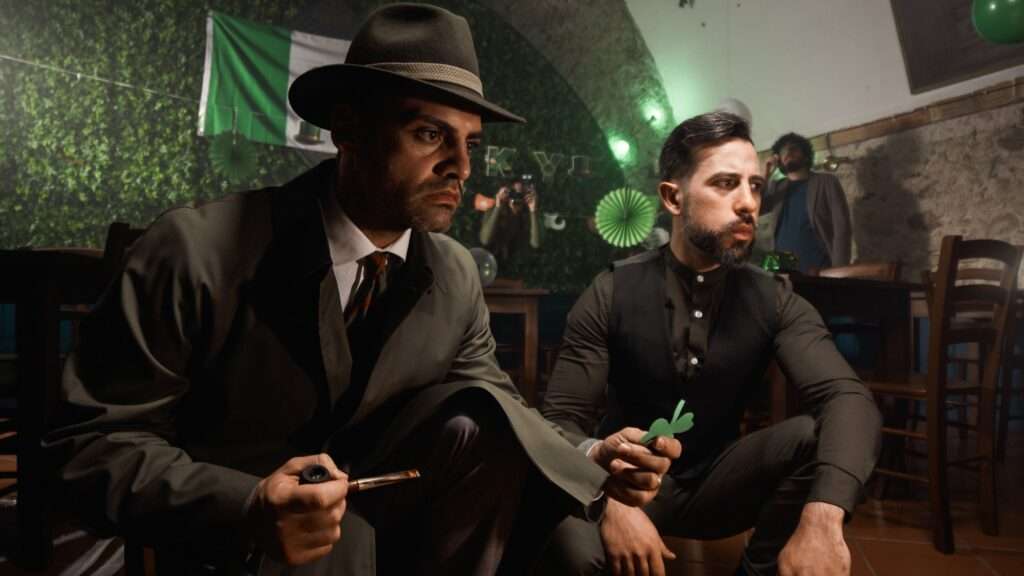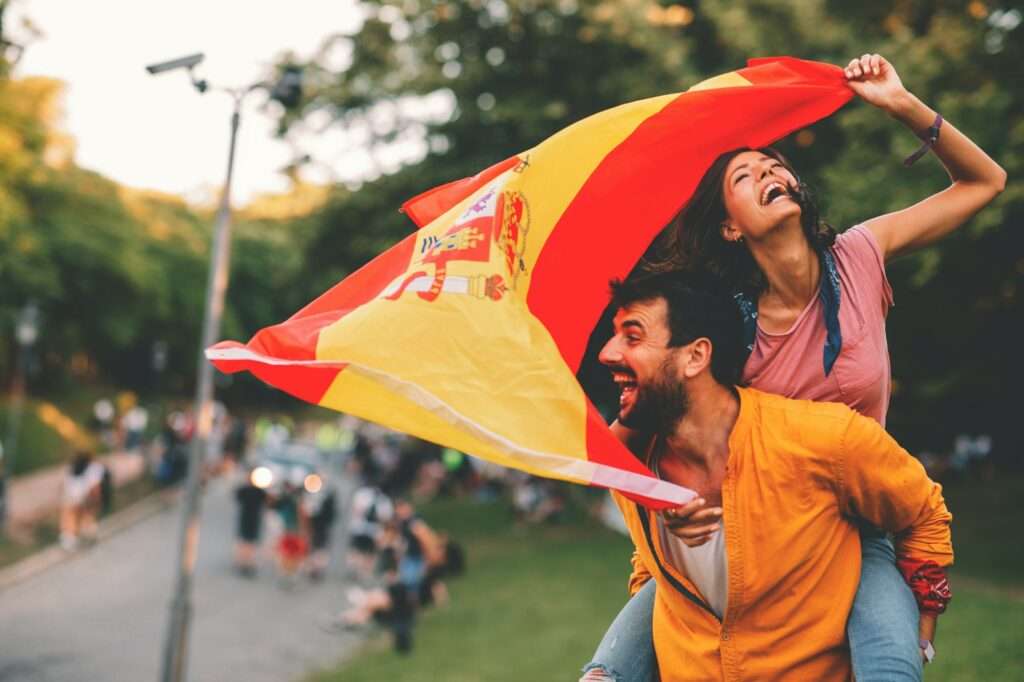The world’s most popular festivals shine as beacons of harmony and joy among these vivid strands of customs and celebrations that make up cultural variety. These joyful times unite people through shared experiences of jubilation and reverence, transcending geographies and cultural boundaries and providing a window into the heart of human expression.
These celebrations, which range from the vivacious exuberance of Carnival in Brazil to the tranquil illumination of Diwali in India, capture the rich tapestry of our common heritage. By honouring the distinctive flavours of each culture, these celebrations commemorate our shared humanity and transcend geographical borders. They promote a sense of community that spans time by reflecting the rhythms of history, spirituality, and seasons.
We begin on a journey that goes beyond tourism in this investigation of the most popular festivals around the globe, exploring the essence of what it means to celebrate. We learn about the myths that served as the inspiration for these celebrations, their cultural significance, and the sense of community they foster. Through the prism of these celebrations, we catch a glimpse of the complex human mosaic and learn the common language of joy that links us all.
List of Most Celebrated Festivals
1. Diwali (India)

This festival of lights is observed by many religions in India and elsewhere, and it typically takes place between mid-October and mid-November. It is celebrated differently throughout the Hindu, Sikh, and Jain faiths. The triumph of good over evil, of light over darkness, and of knowledge over ignorance is symbolized by this.
As you stroll through towns and cities, you’ll see that diyas, small clay lamps, and lanterns are used to light up homes, businesses, and public spaces. Flower stands also add to the street’s brightness. Parades, live music, fireworks, gift-giving, and sweet-exchange are all part of the five days of festivities.
2. Songkran Festivals (Thailand)

In Thailand, Songkran marks the beginning of the Buddhist new year. Southeast Asia also observes it, albeit with different names and on a little bit different date. It normally takes place in Thailand over a long weekend in the middle of April. The celebrations include parades, fairs, and dancing performances, but the event is most well-known for its water fights.
To get ready for the new year, it’s common in temples to wash Buddha statues in water. This custom has become a nationwide water fight outside, where entire towns take to the streets with water guns, water balloons, and buckets of water to throw at one another. You’ll soon find yourself participating in the festivities (quite literally), and the water is a welcome relief from the dry heat of April.
3. Dia De Los Muertos (Maxico)

Families gather to pray for and mourn deceased relatives during the Mexican holiday known as “Day of the Dead,” which occurs between October 31 and November 2. Both public and private ofrendas (altars) are built, and they are frequently lavishly decorated with pumpkins and squash, marigolds, candles, and sugar skulls.
Ofrendas are meant to ‘welcome home’ the souls of departed loved ones; they are more of a doorway than a place of worship. A few cities also hold costumed parades, most notably Oaxaca. Families congregate at gravesides at dusk, but the mood is anything but morbid: there is eating, storytelling, singing, and occasionally even a roving mariachi band.
4. Mardi Gras (New Orleans, USA)

It’s the carnival to end all carnivals as Mardi Gras takes over the streets of New Orleans for two full weeks. Since Mardi Gras is all about dressing up, make sure you have your best fancy dress outfits with you. Be as outrageous and outrageous as you can, then go participate in the fun.
Put your best foot forward at a masquerade ball after mixing with the crowds that are swarming the streets, watching the parades, and dancing the night away to live music and marching bands. But keep in mind that the one rule of Mardi Gras is to party till you drop. The official dates for Easter determine when Mardi Gras is held each year. Make a note in your calendar that the festivities typically begin two weeks before Shrove Tuesday.
5. Running of The Bulls (Pamplona, Spain)

If you’re an adrenaline addict, you might want to think about including Pamplona’s San Fermin fiesta on your list of must-do activities. The Running of the Bulls will certainly get your blood pounding, but the San Fermin fiesta is much more than just stampeding cows.
You can participate in the procession of the enormous dancing mannequins and “The Roar,” where the masses make as much noise as they can with drums and whistles in front of the neighbourhood council office, in addition to being chased by bulls through the streets of Pamplona.
On top of that, there are enormous fireworks displays every night of the seven-day festival. Since there are multiple bullfights during the fiesta, The Running of the Bulls is not for the timid. A sturdy pair of running shoes should be brought with you if you wish to participate in the bull run because it is not something to be taken lightly.
6. Oktoberfest (Munich, Germany)

You would be mistaken if you thought Oktoberfest in Munich, Germany, takes place in October. It actually begins in September and lasts for a whole eighteen days in a row. Over six million people attended 2.5 weeks of carnival rides and beer tents? Now that’s a celebration! So, begin packing your bags if you believe you can endure an amusement park ride while sipping a beer from Bavaria and donning a seductive dirndl or a pair of classic lederhosen.
7. Venica Carnival And The Regeta Storica (Italy)

Venice Carnival, which lasts for two weeks before Lent, is well known for its ornately adorned masks and vibrant costumes. The carnival, which dates back to the 11th century, features parades, live music, and other outdoor shows centred on Saint Mark’s Square as well as a competition for the “most beautiful mask.”
Along the Grand Canal, you can see gondola and boat parades. Visit Venice on the first Sunday in September to take part in the Regata Storica, a centuries-old celebration of the city’s long heritage in rowing, for a stronger emphasis on boat parades. You may view boat races from observation points along the canal, as well as parades that feature gondolas that are lavishly decorated and with dressed crews.
8. Saint Patrick’s Festival (Dublin, Ireland)

If you want to participate, Dublin is the best location. Saint Patrick’s Day is celebrated wherever in the world where there is an Irish diaspora (or even simply an Irish pub). This festival takes place in March for five days and five nights, and it has a jam-packed schedule of musical performances, literary readings, tours, and culinary events. This festival of Irish pride, accomplishments, and abilities, which is centred around the national holiday, will be abundant in Guinness and Irish spirit.
9. Cannes Film Festival (Cannes, France)

You should at least make the journey to the Cannes cinema Festival if you love the tremendously charismatic allure of the movie industry and its stars or are fascinated by the imagination and narrative in cinema. At its core, Cannes, arguably the most significant film festival on the calendar, is about discovering fresh talent and giving it a platform.
But of course, it also exudes a certain air of prestige with its procession of polished and gold stars. The fact that the festival was first organised in 1946 adds to its authoritative aura, as does its location on the French Riviera. Join us to take in some outstanding cinematic masterpieces and perhaps rub elbows with a few A-listers in the process.
10. La Tomatina (Bunol, Spain)

On the final Wednesday in August, more than 100,000 kg of tomatoes are thrown, squashed, and splattered around the town square, satisfying the cravings of tomato addicts. The finale of a seven-day festival honouring Buol’s patron saint, it turns the town a bright crimson colour reminiscent of a horror movie scene. Whoever gets to clean up that mess is not someone we envy!
Conclusion
In summary, our exploration of the world’s most popular festivals reveals a rich tapestry of traditions and celebrations that go beyond tourism. From Diwali’s lights in India to Songkran’s water fights in Thailand, each festival offers a unique glimpse into diverse cultures.
These celebrations, rooted in myths and cultural significance, speak a universal language of joy, fostering a sense of global community. Whether it’s the Running of the Bulls in Spain or Oktoberfest in Germany, these festivities reflect our shared human experience, connecting us through history, spirituality, and seasons. Let’s continue to appreciate and celebrate together, embracing the common thread of joy that unites us across borders.
Also read:


